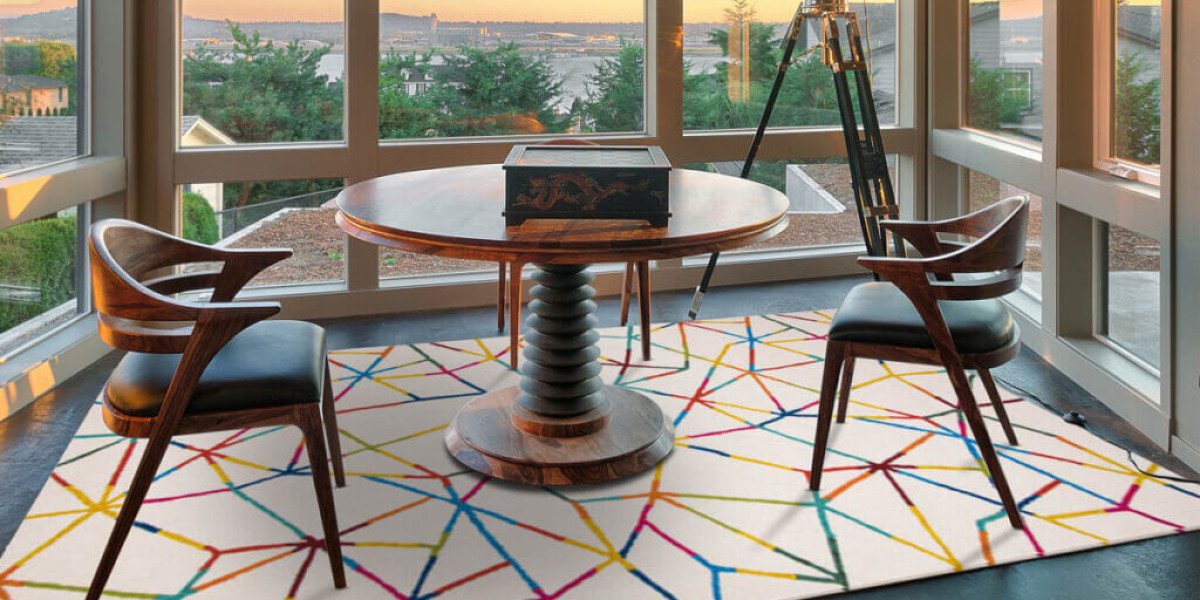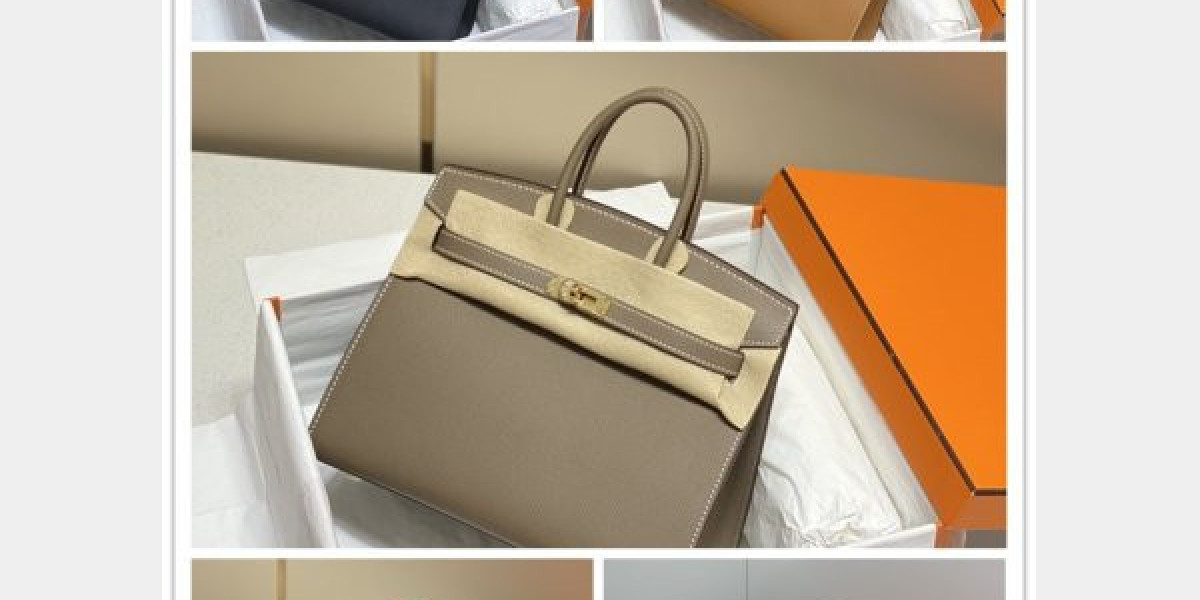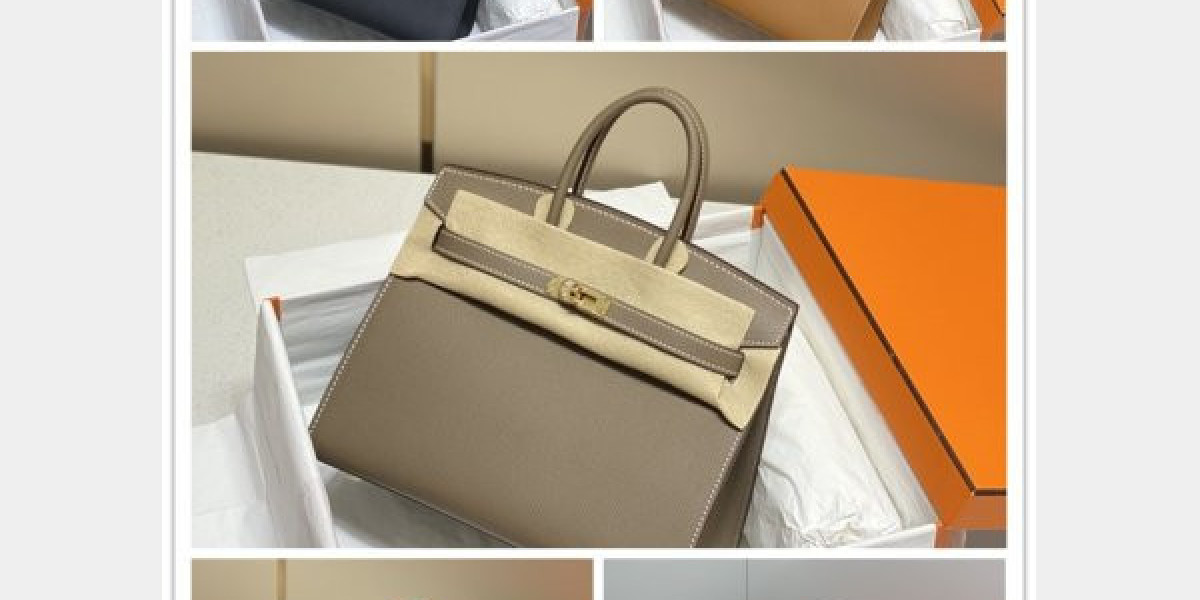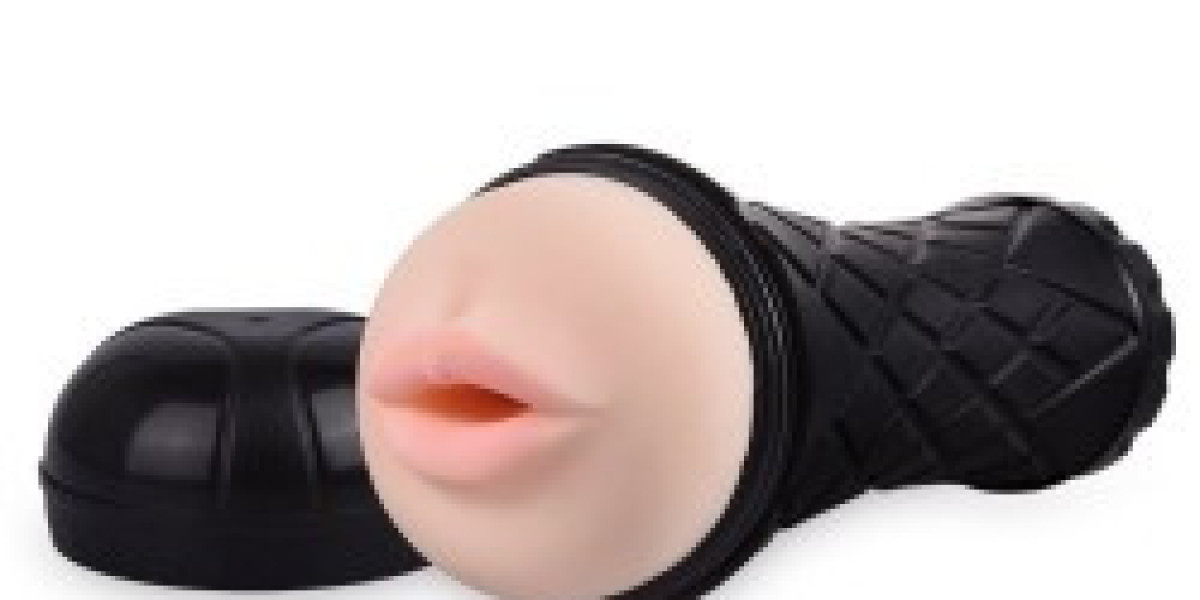In the world of interior design, few decor elements possess the soul, story, and sophistication of a vintage rug. These remarkable pieces of textile art, rich in history and culture, are not just functional floor coverings — they are expressions of heritage, craftsmanship, and timeless elegance.
Whether you're decorating a modern loft, a traditional home, or a cozy apartment, vintage rugs offer unmatched warmth and character. In this comprehensive guide, we'll explore everything you need to know about vintage rugs: their history, styles, care tips, design inspiration, and how to incorporate them into today’s interiors.
What Are Vintage Rugs?
Vintage rugs are rugs that are typically between 20 and 100 years old. Unlike antique rugs (which are over 100 years old), vintage rugs are considered modern classics — old enough to carry character and patina, yet modern enough to suit contemporary styles.
They are often:
Hand-knotted or handwoven
Made from natural materials (like wool or cotton)
Faded or distressed through age or special techniques
Sourced from traditional rug-producing regions (e.g., Turkey, Persia, Morocco, India)
These rugs bring an artisanal, soulful charm to modern homes — a curated blend of old-world detail and modern sensibility.
Key Characteristics of Vintage Rugs
? 1. Handmade Craftsmanship
Most vintage rugs are hand-knotted or flat-woven by skilled artisans, ensuring longevity and uniqueness. Each piece tells a story through its weave and motifs.
? 2. Natural Fibers
Vintage rugs are typically made from high-quality, durable materials like:
Wool (most common)
Cotton (often used as a base or warp)
Silk (for intricate details in finer rugs)
? 3. Faded or Distressed Look
The signature aesthetic of vintage rugs is their worn-in, lived-in appearance. Some are naturally faded due to decades of use, while others are distressed using modern techniques to mimic aging.
?️ 4. Timeless Patterns
Common designs include:
Geometric tribal motifs
Floral medallions
All-over repetitive patterns
Borderless kilim designs
These motifs often reflect the region and culture of the rug's origin.
Origins of Vintage Rugs: Where Do They Come From?
? 1. Persian (Iranian) Rugs
Known for their rich colors and intricate floral motifs. Persian vintage rugs are luxurious and often feature central medallions or garden-inspired layouts.
? 2. Turkish Rugs
Includes Oushak, Kilim, and Anatolian styles. Turkish vintage rugs are famous for geometric and tribal patterns and soft, faded colors.
? 3. Moroccan Rugs
From the Berber tribes, these rugs feature minimalistic or bold tribal motifs with a shaggy pile, making them ideal for boho-chic interiors.
? 4. Indian Vintage Rugs
Indian weavers have long mastered Persian knotting techniques. Many vintage Indian rugs mimic Persian designs with vibrant colors and symmetrical layouts.
Why Choose a Vintage Rug?
| Reason | Benefit |
|---|---|
| Unique Character | No two rugs are alike. Each has a story and history. |
| Sustainable Choice | Reusing old rugs supports eco-conscious living. |
| Durability | Hand-knotted rugs can last decades — even centuries. |
| Styling Versatility | Complements both traditional and modern interiors. |
| Art for the Floor | Brings personality and texture to minimalist spaces. |
Popular Types of Vintage Rugs
? 1. Vintage Persian Rugs
Floral and medallion patterns in rich reds, navy, and cream. Often knotted with fine wool or silk.
? 2. Vintage Oushak Rugs
Soft palettes like gold, ivory, or faded green. Great for bedrooms or living areas.
? 3. Vintage Kilims
Flat-woven with geometric motifs. Lightweight and perfect as floor coverings or wall tapestries.
? 4. Vintage Moroccan Rugs
Neutral or bright tones with irregular, tribal designs. Adds a warm, organic feel to modern homes.
? 5. Overdyed Vintage Rugs
Old rugs re-dyed with bold, modern colors (blue, pink, teal) to bridge traditional with contemporary aesthetics.
How to Style a Vintage Rug in Modern Spaces
?️ 1. In Living Rooms
Center it under your seating arrangement
Layer with a larger neutral rug beneath
Mix with leather furniture or minimalist décor
?️ 2. In Bedrooms
Place a smaller vintage rug on either side of the bed
Use bold reds or faded pinks for a romantic tone
Pair with neutral bedding for balance
?️ 3. In Dining Areas
Choose flat-woven or low-pile rugs for easy cleaning
Ensure the rug is large enough to accommodate chairs pulled out
?️ 4. In Hallways
Long, narrow vintage runners are ideal
Patterns add depth and motion to transitional spaces
?️ 5. In Offices or Studios
A vibrant rug can spark creativity
Adds personality to minimalist or industrial spaces
How to Identify a True Vintage Rug
When purchasing, be mindful of authenticity. Here’s how to tell:
✅ Check the Back
Look for slight irregularities (a sign of hand-knotting)
Symmetry in design indicates quality craftsmanship
✅ Fiber Test
Wool feels warm and soft
Synthetic fibers feel slick or plastic-like
✅ Fading
Natural fading occurs unevenly
Chemical distressing may look too uniform
✅ Ask for a Certificate of Authenticity
Reputable sellers provide documentation on origin, age, and materials.
How to Care for a Vintage Rug
Though they’re old, vintage rugs are sturdy — with the right care.
? Regular Maintenance:
Vacuum without a beater bar
Avoid vacuuming the fringe
Rotate every few months for even wear
? Spot Cleaning:
Blot (don’t rub) spills immediately
Use cold water and mild wool-safe soap
? Professional Cleaning:
Every 12–18 months
Use specialists familiar with vintage textiles
? Avoid:
Harsh chemical cleaners
Long-term exposure to direct sunlight
Wet environments (vintage rugs are not waterproof)
Where to Buy Authentic Vintage Rugs
? Online Retailers:
Rug & Weave
Rug Source
Chairish
Etsy (check seller ratings!)
? Brick-and-Mortar Options:
Local rug galleries or antique stores
Flea markets (with caution)
Interior design studios or showrooms
Tip: When buying online, always ask for close-up photos, back images, and video if possible.
Vintage Rugs vs. Vintage-Inspired Rugs
| Feature | Vintage | Vintage-Inspired |
|---|---|---|
| Age | 20–100 years old | New, made to look aged |
| Craftsmanship | Handwoven or hand-knotted | May be machine-made |
| Price | Often higher (depends on rarity) | More affordable |
| Uniqueness | One-of-a-kind | Mass-produced |
Note: If budget is tight, vintage-inspired rugs are a great way to capture the aesthetic without the cost.
Are Vintage Rugs Sustainable?
Absolutely. Vintage rugs are:
Recycled decor pieces that prevent landfill waste
Made with natural dyes and fibers
Crafted in low-energy processes without modern machinery
Buying vintage supports artisan communities and promotes eco-conscious home decor choices.
Frequently Asked Questions (FAQs)
Q: Are vintage rugs worth the investment?
Yes. They offer durability, artistry, and timeless beauty. Many even appreciate in value with age.
Q: How do I know if a rug is truly vintage?
Ask for provenance (origin and age), inspect the weave, and buy from reputable sellers.
Q: Can I place a vintage rug in a high-traffic area?
Yes, especially wool rugs. Just be sure to rotate and clean regularly.
Q: Are vintage rugs pet-friendly?
Yes — but choose low-pile rugs and use rug pads for extra protection.
Final Thoughts: Embrace the History Beneath Your Feet
Vintage rugs are more than just design pieces — they are a tribute to time, tradition, and taste. In an era dominated by disposable decor, choosing a vintage rug reflects thoughtful, sustainable living and a love for history-rich interiors.
Whether you’re redesigning a room or building a collection, a vintage rug will ground your space — and elevate your story.






